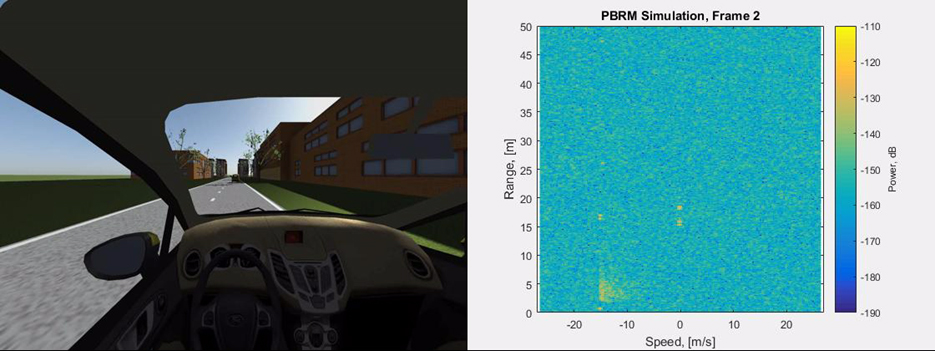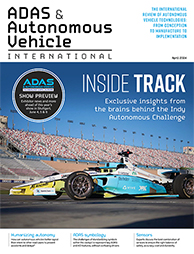Returning in 2022. Dates to be confirmed
Click here to Visit Autonomous Vehicle Test & Development 'Virtual' Live

Returning in 2022. Dates to be confirmed
Click here to Visit Autonomous Vehicle
Test & Development 'Virtual' Live

 Tony Gioutsos, director of portfolio development for autonomous at Siemens, talks us through a simulation-based verification and validation procedure of AVs that’s truly robust. He will talk more about this in his presentation at the Autonomous Vehicle Test & Development Symposium. For more information, up-to-date programs and rates, click
Tony Gioutsos, director of portfolio development for autonomous at Siemens, talks us through a simulation-based verification and validation procedure of AVs that’s truly robust. He will talk more about this in his presentation at the Autonomous Vehicle Test & Development Symposium. For more information, up-to-date programs and rates, click 

